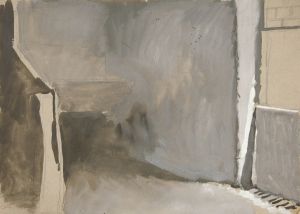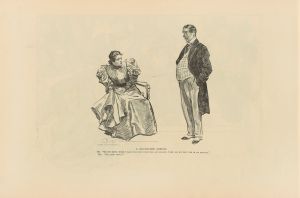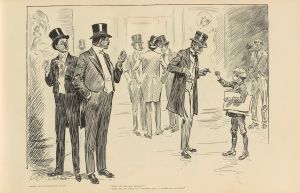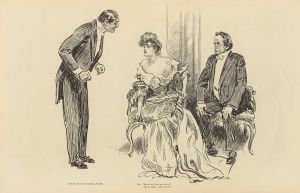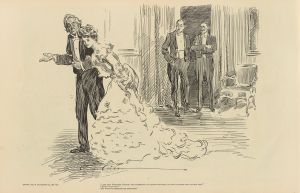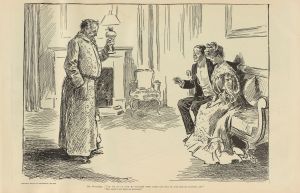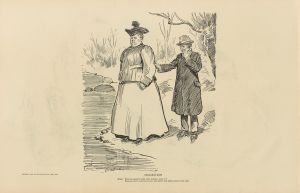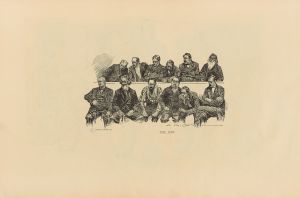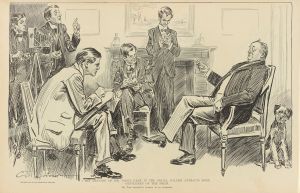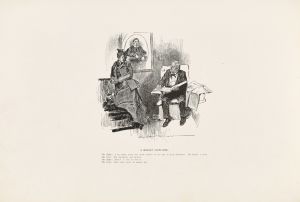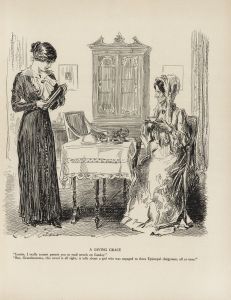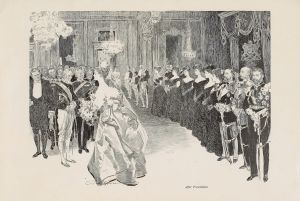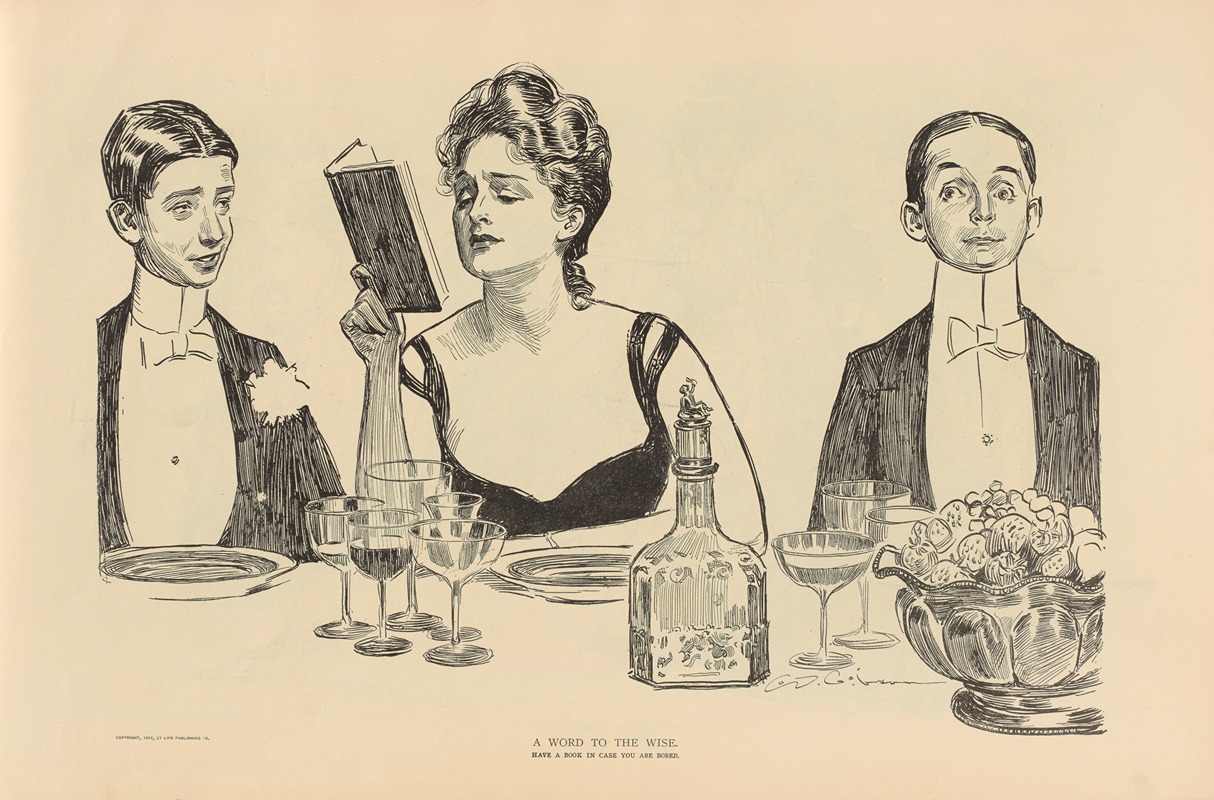
A word to the wise
A hand-painted replica of Charles Dana Gibson’s masterpiece A word to the wise, meticulously crafted by professional artists to capture the true essence of the original. Each piece is created with museum-quality canvas and rare mineral pigments, carefully painted by experienced artists with delicate brushstrokes and rich, layered colors to perfectly recreate the texture of the original artwork. Unlike machine-printed reproductions, this hand-painted version brings the painting to life, infused with the artist’s emotions and skill in every stroke. Whether for personal collection or home decoration, it instantly elevates the artistic atmosphere of any space.
Charles Dana Gibson was an influential American illustrator best known for his creation of the "Gibson Girl," an iconic representation of the American woman at the turn of the 20th century. His work was widely published in magazines such as Life, Harper's Weekly, and Scribner's, and he became one of the most celebrated illustrators of his time. One of his notable works is "A Word to the Wise," which exemplifies his skill in capturing the social nuances and fashions of his era.
"A Word to the Wise" is a pen-and-ink illustration that reflects Gibson's keen observation of social dynamics and his ability to convey complex narratives through simple yet expressive lines. The artwork typically features a scene that is both humorous and insightful, often involving interactions between men and women that highlight the social mores and expectations of the early 1900s. Gibson's illustrations were known for their wit and subtle commentary on gender roles, and "A Word to the Wise" is no exception.
The illustration style of "A Word to the Wise" is characterized by Gibson's trademark use of fine lines and detailed cross-hatching, which give his characters a lifelike quality and a sense of depth. His ability to capture the subtleties of expression and posture allowed him to convey a wide range of emotions and social cues, making his work both engaging and thought-provoking. This particular piece, like many of his others, would have been published in a popular magazine of the time, reaching a wide audience and contributing to the public discourse on contemporary social issues.
Gibson's work, including "A Word to the Wise," played a significant role in shaping the visual culture of the early 20th century. His illustrations not only entertained but also offered commentary on the changing roles of men and women in society. The "Gibson Girl," for instance, became a symbol of the new, independent woman, and his depictions of social interactions often highlighted the tensions and transformations occurring in American society during this period.
While specific details about the narrative or characters in "A Word to the Wise" are not widely documented, the piece fits within Gibson's broader oeuvre, which often explored themes of romance, courtship, and the social rituals of the upper and middle classes. His work remains an important part of American art history, offering insights into the cultural and social dynamics of his time.
In summary, "A Word to the Wise" by Charles Dana Gibson is a quintessential example of his illustrative style and thematic focus. Through his art, Gibson captured the essence of an era, providing both entertainment and social commentary. His legacy as an illustrator endures, with his work continuing to be studied and appreciated for its artistic merit and historical significance.





